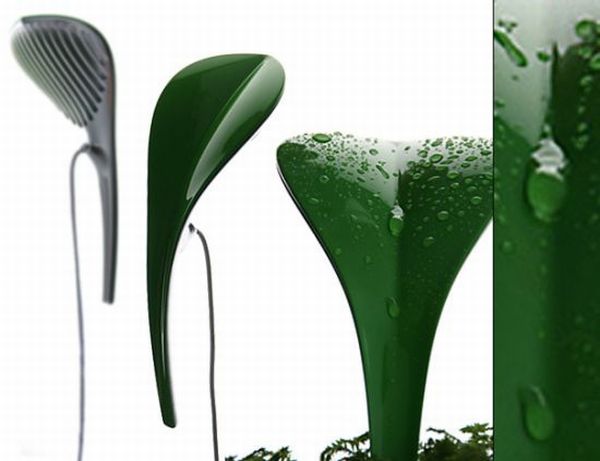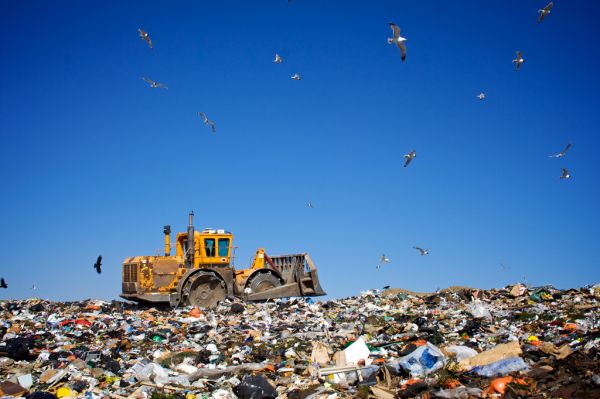For many, the idea of growing human organs may sound like a subplot in a bad 1950’s science fiction movie, the kind that Ed Wood might have directed. However, lab-grown organs are no longer confined to the silver screen or the pages of a novel. Scientists at the University of Texas Medical Branch in Galveston have accomplished a feat that could forever change what’s possible in treating a wide range of lung diseases.
Background
Image via Flickr by Jeff Kubina
In the 1990’s, scientists began working to bioengineer new bladders for children with birth defects that impacted their spinal cord. By taking a few cells from the child’s dysfunctional bladder and applying them to a bio-structure, the cells multiplied and filled in the structure to create a new bladder. The process took about seven weeks. Doctors first placed a bioengineered bladder in a child in 1998. By the mid-2000’s, scientists touted that these bladders functioned properly for years after they were surgically placed in the body. This early discovery laid the groundwork for scientists to grow lungs in a lab.
Scientists have previously grown other organs in the lab such as livers and tracheas, but had not been able to grow lungs. Because lungs come in regular contact with air and particulates from outside the body, transplanted lungs tend to deteriorate. As a result, they have a high rejection rate when they’re placed in a body during a transplant. The complex function and structure of the lung complicated the growth of lungs in the laboratory.
How They did It
The scientists in Texas started this process with lungs from a deceased child. The lungs were not suitable for use in a transplant. First, they removed everything except the basic structure of one lung, leaving behind just collagen and elastin, making the lung appear pale and white. This process is called decellularization. Scientists likened the lung structure that remained to scaffolding. Next, they removed cells from the other lung and placed them back onto the scaffolding in a process called reseeding.
The reseeded lung sat in a vat (actually a modified fish tank) containing liquid that the scientists said looked similar to Kool-Aid. In fact, the mixture contained nutrients that allowed the cells to grow. After three days, the researchers pulled out a human lung. In comparison to a normal lung, the lab-grown organ had less density, a pinker hue, and a softer feel. The scientists were able to replicate this process, growing additional lungs in the lab.
Next Steps
Image via Flickr by tjmwatson
Though the innovation is remarkable, it’s not a silver bullet to cure lung diseases. The team that grew the lungs cautions that having lab-grown lungs available for transplant is at least 12 years in the future. For now, they’re focused on the path that will lead them toward developing lungs for the 1,600 people who are waiting for lung transplants. The next step is to test lungs grown in the lab setting on animals, probably pigs. Scientists expect animal testing to take place this year or next.
What the Future Holds
A report from ABC News explores the potential for lab-developed organs to change the lives of patients. The story highlights the work of scientists in Sweden who crafted a vein for a child who needed to move blood from her intestines to her liver. It also talks about how military doctors have used healthy skin cells to treat wounds.
The article notes that in the future, doctors may be able to grow custom organs from a patient’s own cells, virtually eliminating the possibility of a patient’s body rejecting the new organ or cells. Perhaps in the future, you’ll be able to view the options for custom organs through medical apps on iPhones and Android phones. The possibilities for lab-grown organs to alleviate human suffering appear promising.
Government Oversight
As scientists move forward with experiments such as growing organs in the lab, expect policymakers to observe and weigh in on the matter. The possibility of creating organs in the lab surely comes with its own sets of ethical risks and policy questions that politicians and bioethicists will address.
How does this innovation impact your view of what medical treatments and cures may be in the not-too-distant future?





